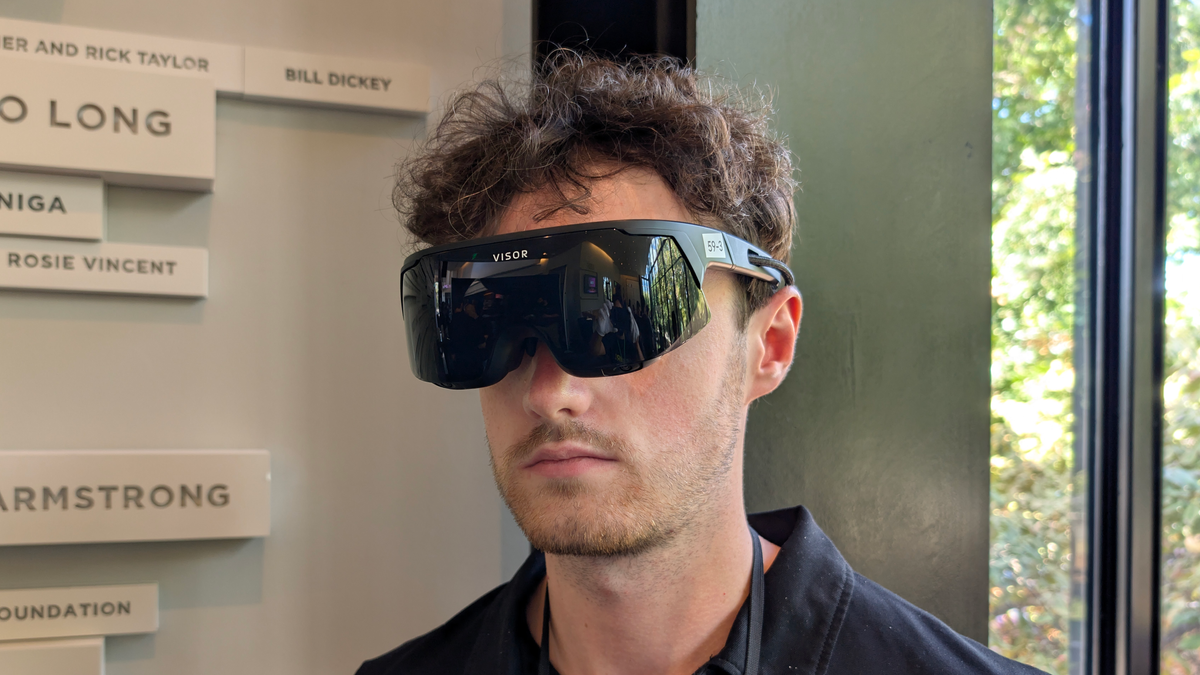
Scientists demonstrate X-rays as a way to zap asteroids out of Earth's path
US scientists have demonstrated that potentially dangerous asteroids destined for Earth could be deflected from their trajectory using X-rays.
The researchers said the technique, which involves using a powerful X-ray pulse to vaporize a chunk of the asteroid's surface, could potentially be used for future planetary defense missions.
While the risk of asteroid strikes to life on Earth are well documented – RIP dinosaurs – the human race's ability to do anything about it is uncertain. Proposals such as NASA's Double Asteroid Redirection Test (DART) mission involve a spacecraft meeting and altering the trajectory of a threatening asteroid. The problem with that approach is the time taken to prepare such a mission, as well as the cost.
Led by Nathan Moore, a postdoctoral researcher at New Mexico's Sandia National Laboratories, the group figured out how they could mimic the techniques in laboratory experiments using an X-ray pulse to target two 12-millimeter-wide dummy asteroids in a vacuum tube. One of the experimental samples was made from quartz, while the other was made from fused silica. In the lab tests, X-ray pulses heated up the surface of the pretend asteroids to create a vapor plume that was significant enough to alter their speed by around 70 meters per second.
The data collected from the test provided input to numerical simulations designed to demonstrate how the X-ray pulse method might deflect and how the deflection might scale, suggesting that an asteroid close enough to Earth about four kilometers across could be shoved off its path using the strategy. "We demonstrate that scaled asteroid deflection experiments can be accurately performed and without space flight," the researchers said in a paper published in Nature Physics today.





















